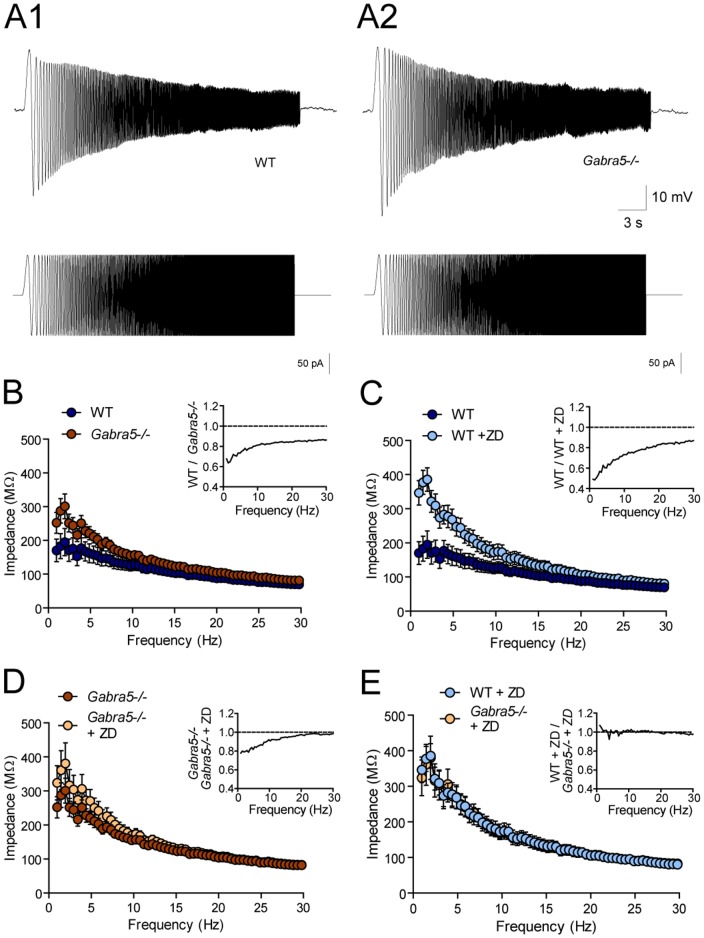Figure 3. Increased membrane impedance in response to low-frequency input in cultured Gabra5−/− neurons.
A) The membrane impedance properties of WT and Gabra5−/− neurons were determined by quantifying membrane resistance during the injection of a sinusoidal current ranging in frequency from 0 to 40 Hz. Example traces show larger changes in membrane potential in the Gabra5−/− neuron at low frequencies, indicative of an increased membrane impedance. B) The membrane impedance of Gabra5−/− neurons (n = 10) was greater than that of WT neurons (n = 7) in response to low-frequency input from 1 to 4 Hz (p1.0 Hz<0.01, p1.5 Hz<0.001, p2.0 Hz<0.001, p2.4 Hz<0.01, p2.9 Hz<0.05, p3.4 Hz>0.05, p3.9 Hz<0.01). The inset shows the membrane impedance ratio of Gabra5−/− to WT neurons. C) Blockade of Ih in WT neurons with ZD-7288 (n = 4) increases membrane impedance to input from 1 to 6 Hz (p1.0 Hz<0.001, p1.5 Hz<0.001, p2.0 Hz<0.001, p2.4 Hz<0.001, p2.9 Hz<0.001, p3.4 Hz<0.001, p3.9 Hz<0.001, p4.4 Hz<0.001, p4.9 Hz<0.001, p5.4 Hz<0.05, p5.9 Hz<0.05). D) Blockade of Ih in Gabra5−/− neurons with ZD-7288 (n = 5) caused a modest but significant increase in membrane impedance. Post hoc analysis did not reveal significant differences within any specific frequency range. E) No differences were observed in the impedance of Gabra5−/− and WT neurons in the presence of ZD-7288. Asterisks indicating significant differences within specific frequency ranges have been omitted for clarity.

